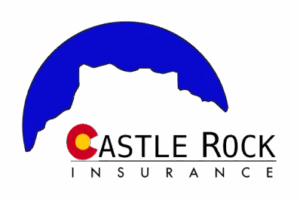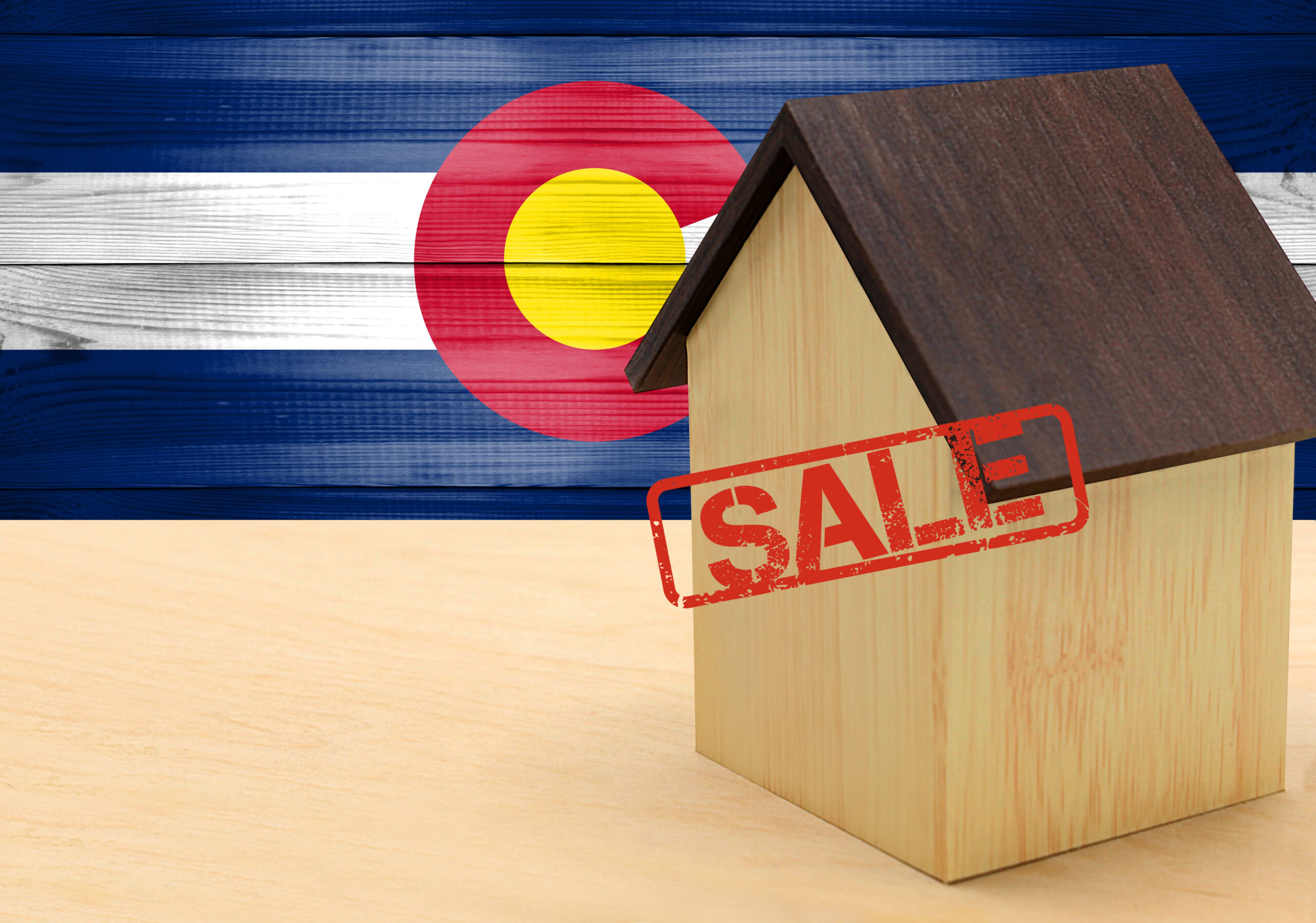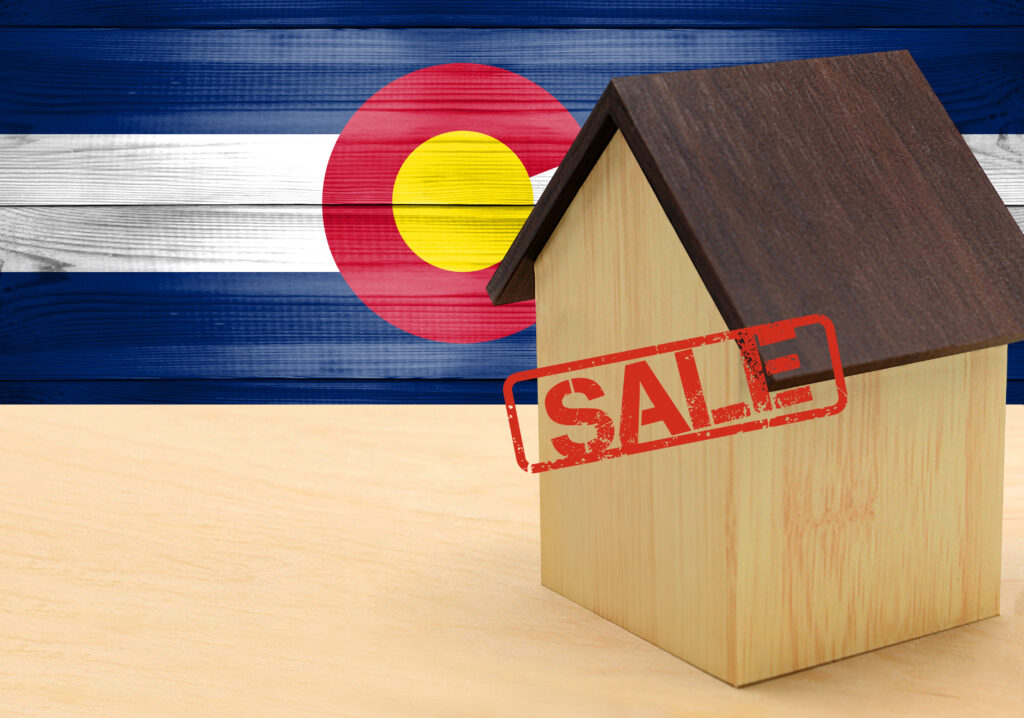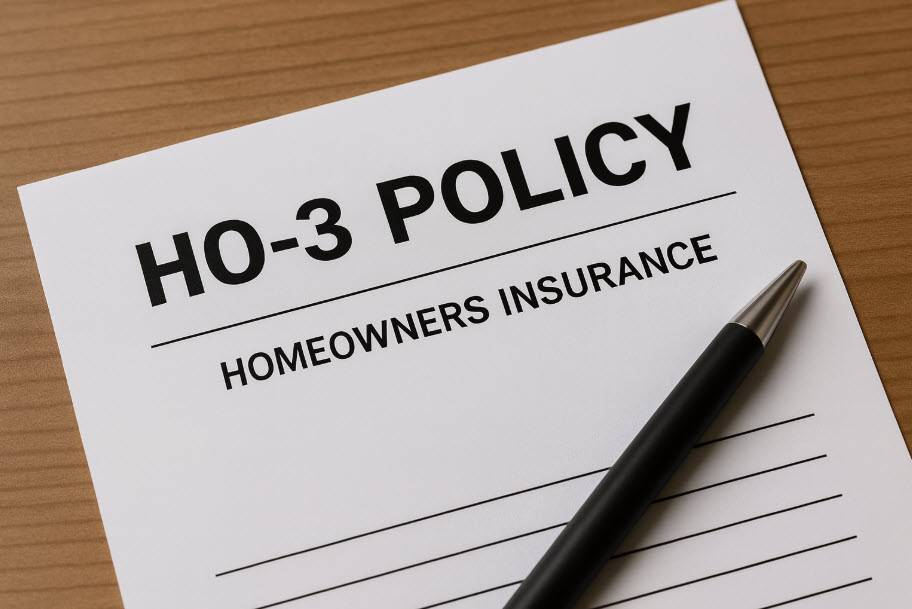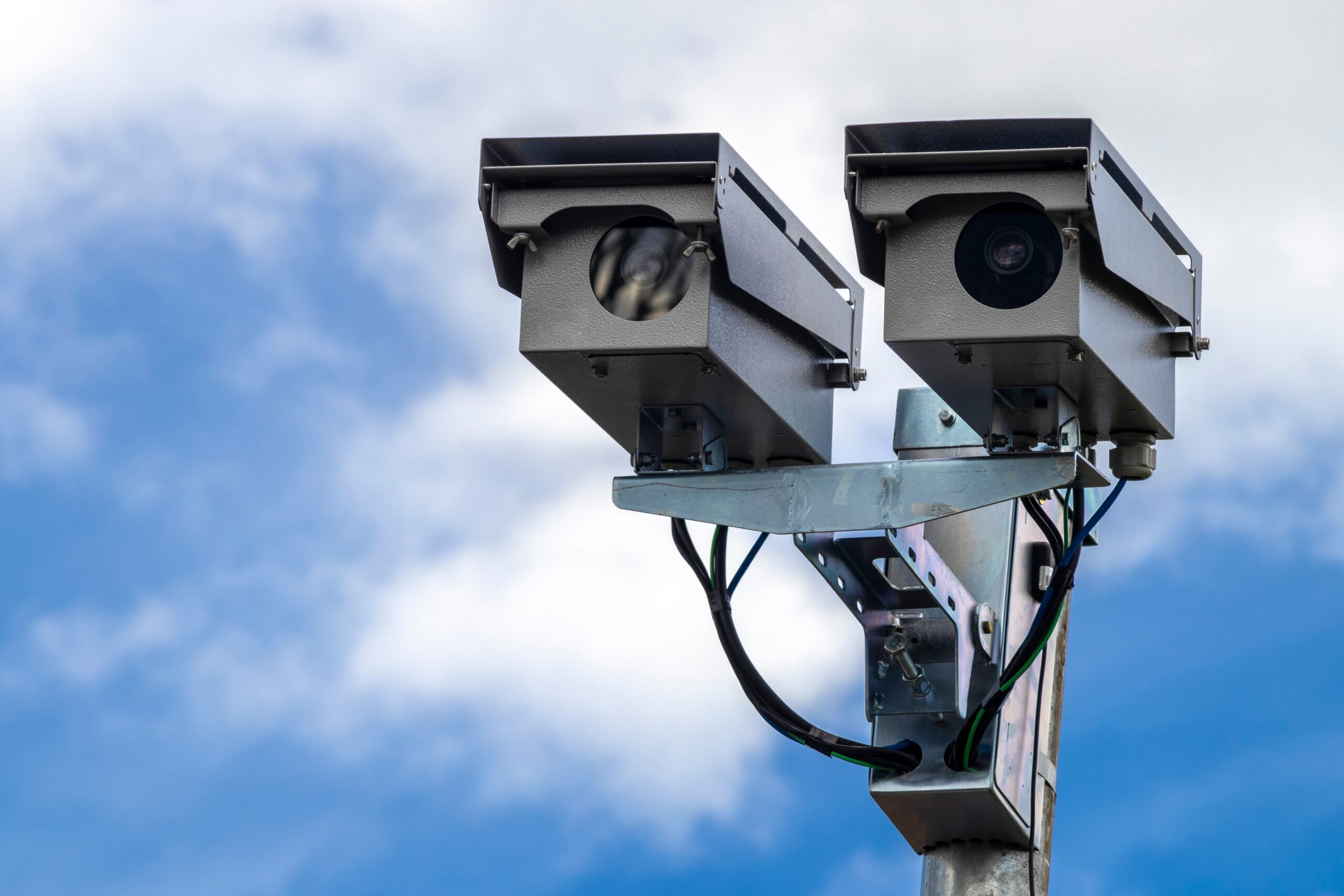Buying a home in Colorado is a major milestone, and choosing the right homeowners insurance is a crucial part of the journey. Given the risks of wildfires, hailstorms, and rising insurance costs across the state, planning ahead can help you save time, money, and avoid unnecessary stress.
Here are eight important steps to guide you as you search for homeowners insurance coverage.
1. Start Early, Before Closing
Waiting until the week before closing to get insurance can lead to unnecessary problems and last-minute stress. Most lenders require proof of coverage before the closing date, and without it, your closing can be delayed or even canceled. Some homes are harder to insure depending on factors like location, roof condition, or wildfire risk zones. Starting the insurance process as soon as you are under contract allows time to gather all necessary information, get accurate quotes, and address any potential underwriting concerns early on. This proactive approach helps ensure a smoother closing experience and reduces the chance of unexpected coverage gaps or higher costs at the last minute.
2. Be Ready Before You Contact an Insurance Agent
Insurance quoting can be a complex and labor-intensive process for insurance agents, especially in Colorado’s high-risk areas like wildfire zones and mountain regions. Because of this, it can be much harder for agents to provide accurate estimates without detailed information upfront.
Before you reach out to an insurance agent, make sure you are well-prepared. At a minimum, buyers should have a mortgage pre-approval letter in hand. This shows you are a serious buyer and helps agents prioritize your request.
It is also important to have any existing insurance policies available, especially your auto insurance policy. Many standard insurance carriers in Colorado now require home and auto policies to be bundled in order to offer a new home insurance policy. Bundling not only provides potential savings but provides additional options for coverage and competitive pricing. Having your current auto policy ready to share will speed up the home insurance quoting process and improve your chances of getting multiple competitive offers.
Additionally, if you have already received quotes from other agents, be sure to inform your new agent. In some cases, they can quickly assess whether you have a competitive deal or if there is room for improvement. This transparency helps save time and allows agents to focus their efforts where they are most needed.
3. Know What Is Required and What Is Recommended
When securing homeowners insurance, especially if you are financing your home, it is important to understand the difference between what your lender requires and what is recommended for better protection. Lenders usually require dwelling coverage based on the home’s rebuild cost rather than the purchase price to ensure there is enough coverage to fully rebuild the home after a total loss. Liability coverage is also required to protect against lawsuits if someone is injured on your property, such as from a fall or dog bite. In addition, lenders may have rules about deductibles, especially in Colorado where high deductibles are common because of hail and wildfire risks. Some lenders do not allow higher deductibles, so it is important to confirm that your policy meets their requirements.
Beyond what lenders require, several add-ons come highly recommended. Extended replacement cost offers extra dwelling coverage in case construction costs rise after a loss. Water backup coverage protects against damage from sump pump or sewer overflows, which standard policies usually do not cover. Service line coverage is another affordable option that helps pay for repairs to underground water, sewer, or electrical lines between your home and the street. Many homeowners do not realize they are responsible for these repairs until it is too late.
4. Understand Colorado-Specific Insurance Risks
Colorado’s diverse geography exposes homeowners to a variety of natural hazards that significantly impact insurance premiums, coverage options, and even eligibility. Along the Front Range, hailstorms are not just seasonal but expected, often resulting in roof damage claims that drive up rates across entire ZIP codes. In mountainous or forest-adjacent areas, the growing threat of wildfires has made many properties harder to insure, with some carriers adding wildfire-specific deductibles or declining coverage altogether. Wind damage is another common issue, especially in high-altitude communities or those situated on open plains, where strong gusts can cause structural or roof damage.
These regional risks can lead to higher premiums, stricter underwriting, or limited carrier options. It is important to ask your agent how your specific location influences your quote, including whether wildfire zones, roof age, or prior weather events might trigger surcharges, exclusions, or non-renewals.
5. Know What Impacts Your Insurance Rate
Insurance premiums can vary depending on several important details that reflect the risk level of your home and location. Understanding these factors can help you make informed decisions and potentially lower your costs. Key elements that influence your rate include:
- The age and material of the roof. Older roofs or those made from less durable materials may lead to higher premiums due to increased risk of damage.
- Proximity to the nearest fire hydrant or fire station. Homes closer to fire protection services often receive better rates because of quicker emergency response times.
- The home’s prior claims history, even if it was a past owner who filed them. A history of frequent claims can signal higher risk and result in increased premiums.
- Whether you’re bundling your home and auto insurance. Many carriers offer discounts if you bundle multiple policies with them, which can reduce your overall premium.
As mentioned earlier, some insurance carriers only provide quotes if you bundle your home and auto insurance. This practice has become more common in Colorado because standalone home policies are harder to write due to local risks. Bundling often helps lower your total premium and may increase the number of carriers willing to insure your home.
7. Ballpark Estimates Can Be Challenging
Given the significant changes in the Colorado homeowners insurance industry, it is now more difficult than ever to provide an accurate estimate for a homeowners insurance policy, especially if you have limited information to share with your insurance agent. Factors such as location, home age, roof condition, fire risk zones, and carrier availability can all greatly affect pricing. While agents might be able to give you a general range like “$4,000 to $6,000 annually,” these ballpark figures are often broad and not guaranteed. Unless you have a specific property under contract and can provide full details, it is important to have realistic expectations when requesting an estimate for homeowners insurance.
8. Be Patient
It can take time and effort for your insurance agent to find the right coverage, especially given current challenges in the Colorado market. If your property is located in a fire zone or has other risk factors, your agent may need to explore options with excess and surplus (E&S) carriers, which often require additional steps and documentation. Be mindful that the insurance agent may invest significant time and effort getting your homeowners insurance quote, so patience and clear communication are always appreciated.
Final Tip: Get Homeowners Quotes Early and Plan Ahead
Despite these challenges, it is still very possible to find affordable coverage if you are well prepared. It is highly recommended to work with an independent broker, as many standard carriers no longer insure high-risk areas. A broker will have access to more options and can help you find the best coverage for your situation. Even if closing is several weeks away, requesting quotes early gives you more time to explore your options and secure the right policy, especially if you are buying in a wildfire zone, rural area, or higher-risk ZIP code.
